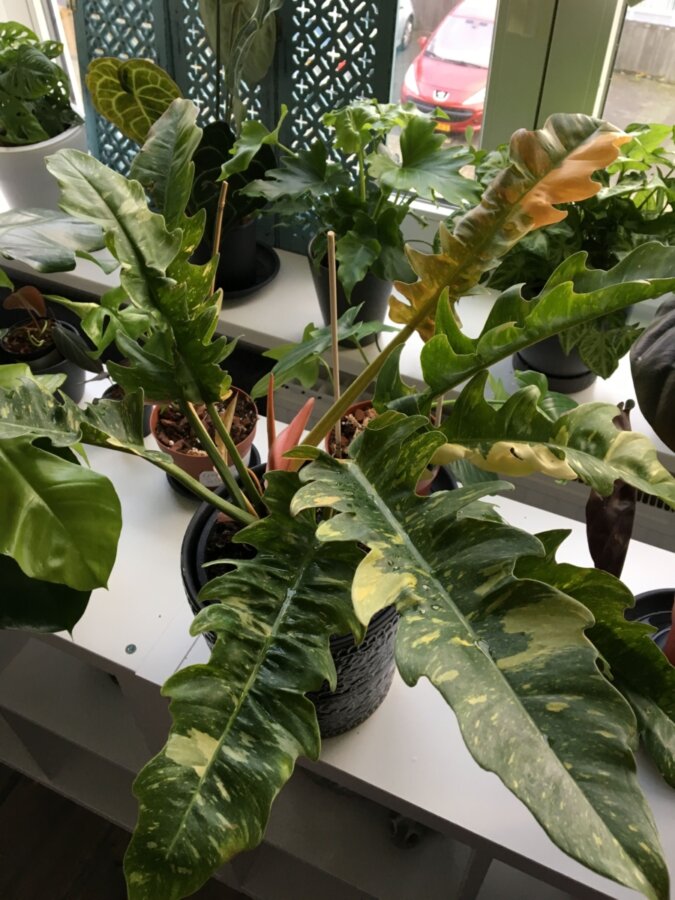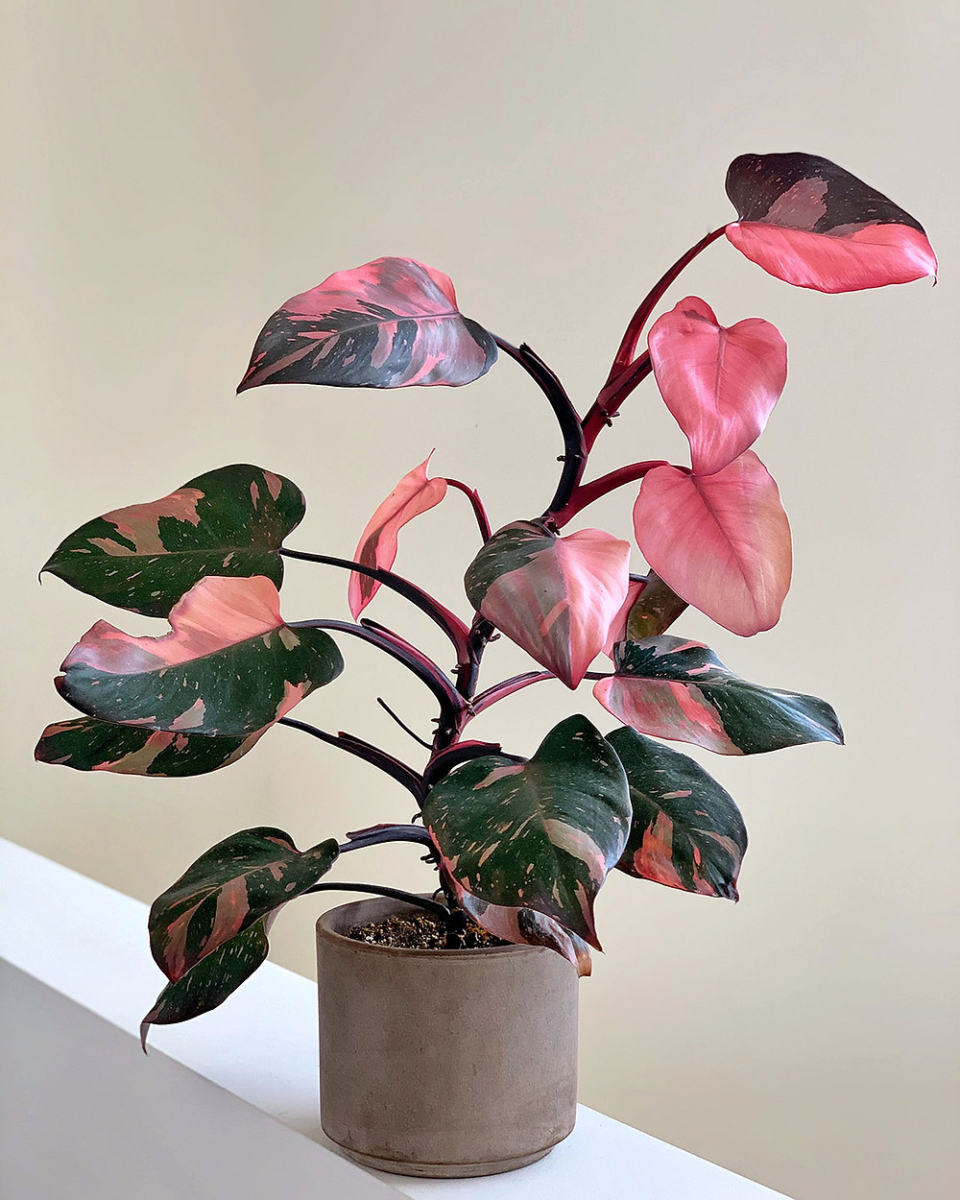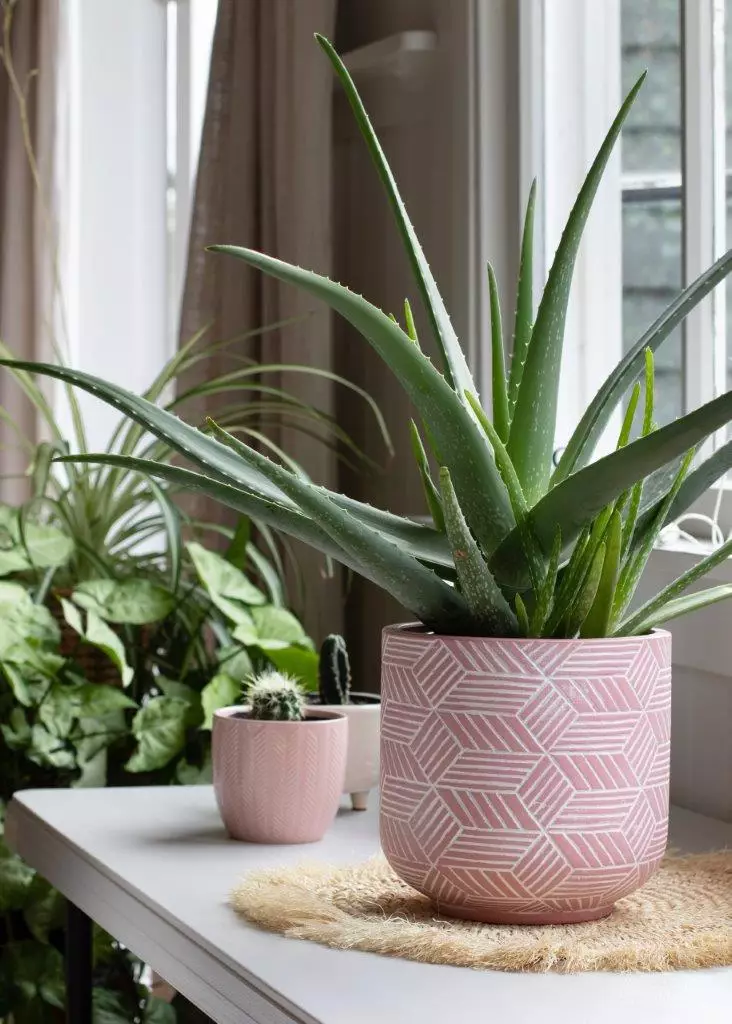
Having indoor plants in your home has been proven to boost your health, mood, and quality of your living space! So, considering we spend about 1/3 of our life in our bedroom (and sometimes more if we’re being honest), it’s important that we’re bringing the benefits of houseplants into this room, too!
What are the best houseplants for the bedroom?
Whether it’s to help purify the air, relax at the end of the day, or just boost your mood overall, these are the best plants to bring into your bedroom!
1. Snake Plant
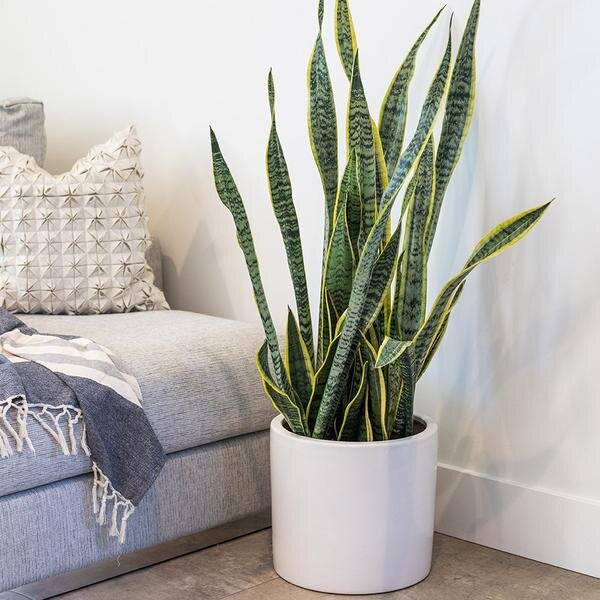
Snake plants are not only a unique and beautiful plant to add to your bedroom decor, but they also provide a host of benefits such as:
- Producing excess oxygen
- Filtering out toxins and pollutants
- Working against allergies
Snake plant care:
Light: Bright indirect light to low light
Water: Let soil mostly dry out between watering
Humidity: Keep away from drafts
2. Heartleaf Philodendron
The heartleaf philodendron is a tropical vining plant the produce cute heart-shaped leaves (per the name). They’re the perfect addition to your bedroom, bringing you benefits such as:
- Helping you feel more alert
- Boosting your overall mood
- Filtering the air around you
- Giving you a feeling of calm
Heartleaf philodendron care:
Light: Bright indirect light to slight shade
Water: Water when top inch of soil is dry
Humidity: Mist daily, keep away from drafts
3. Golden Pothos
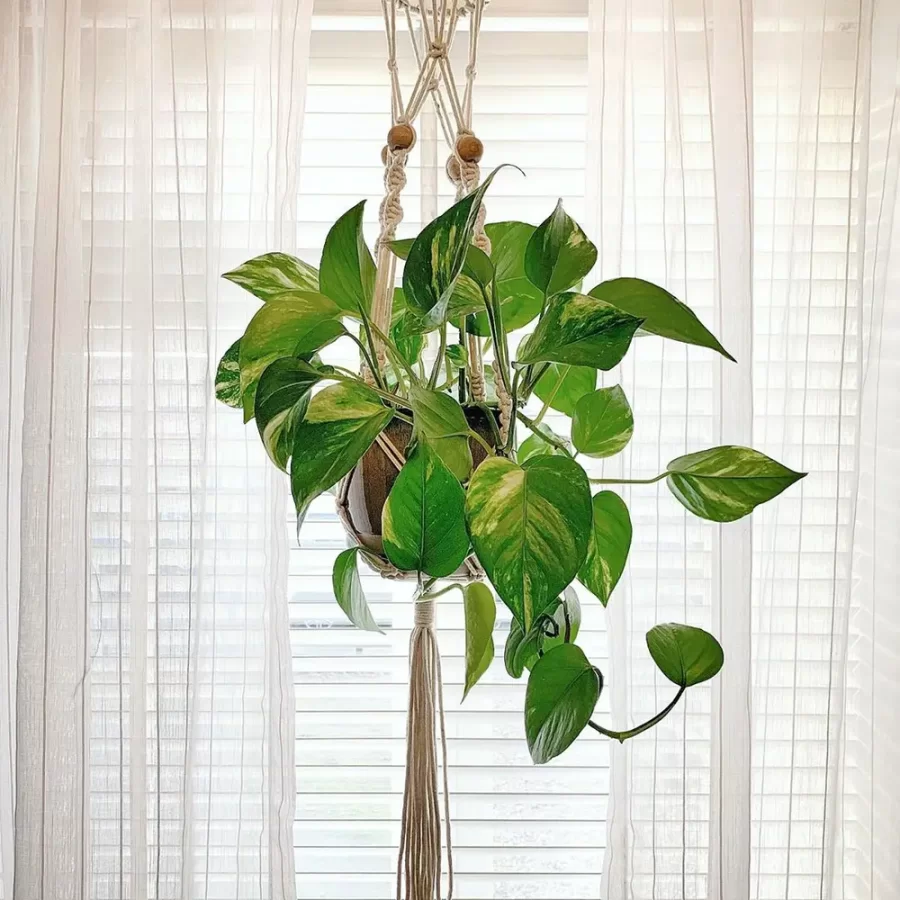
Another alluring vining philodendron, the Devil’s Ivy will add an element of beauty with it’s variegated leaves to your bedroom. In addition to beauty, benefits of a golden pothos include:
- Removing formaldehyde, benzene, and carbon monoxide, etc. from the air
- Increases humidity
- Reduces stress
- Improves sleep quality
Golden pothos care:
Light: Direct sun to low light, but low light will cause it to lose it’s variegation
Water: Water when the top 3 inches of soil is dry
Humidity: Low-moderate humidity
4. Spider Plant
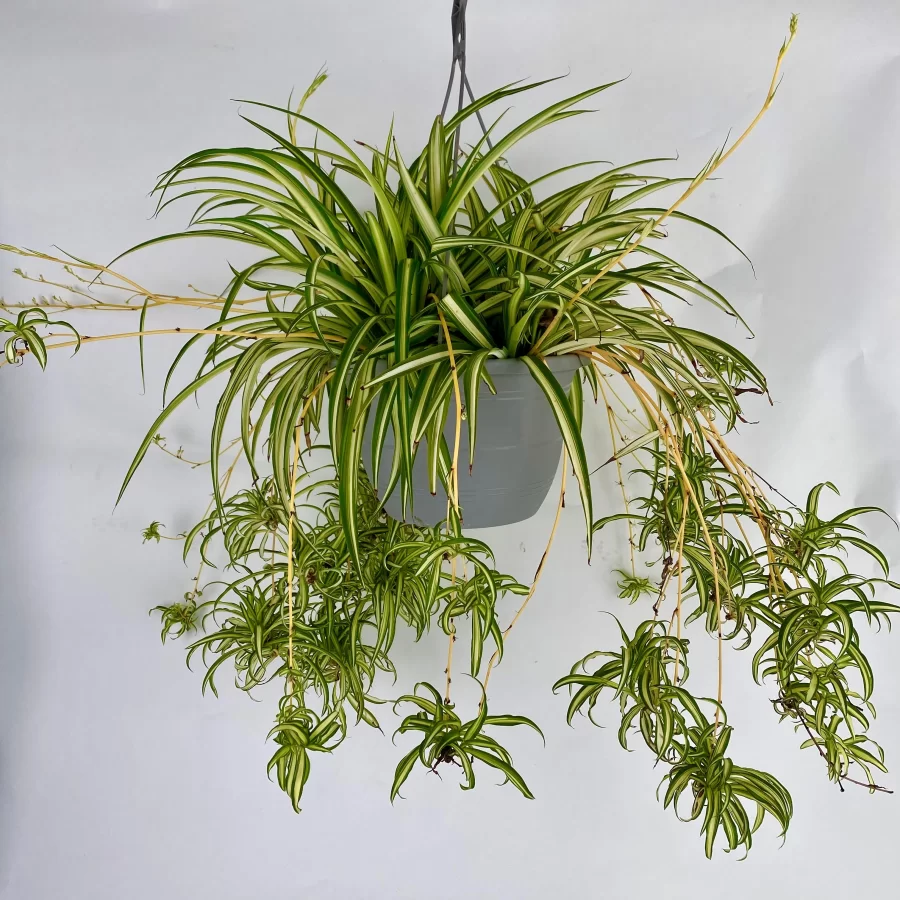
Spider plants are one of the most popular houseplants people own, and for good reason! They have interesting spider-like leaves that shoot out from the center, and mature, happy spiders will shoot off spider pups! Benefits of these plants include:
- Purifying the air of toxins like formaldehyde, xylene, benzene and carbon monoxide
- They can help speed up recovery after surgery
- Help you feel grounded
- Help reduce stress
Spider plant care:
Light: Bright indirect light to low light
Water: Let dry out between waterings, water deeply
Humidity: Low to moderate humidity
5. Rubber Plant
If you’re a lover of indoor trees, then this one is definitely a unique plant to add to your bedroom! Not only will this plant add a quality of elegance, but it will also bring you benefits like:
- Purifying the air
- Fresh leaves have anti-inflammatory qualities for skin
- Don’t contain any allergic properties
Rubber plant care:
Light: Keep out of direct sunlight
Water: Let it dry out between waterings
Humidity: Prefers moderate humidity
6. Peace Lily
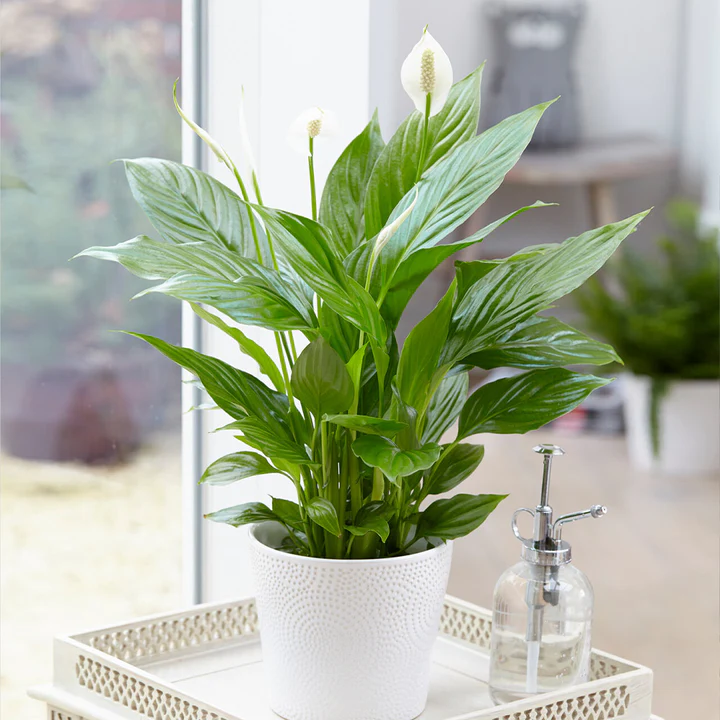
Peace lilies are an amazing plant to add to your bedroom as they bring a sense of peace and calm as well as a delicate charm. Benefits that peace lily’s bring to their owners include:
- Promoting a good night’s sleep
- Preventing mildew formation
- Purifying the air
- Filtering mold spores out of the air
Peace Lily care:
Light: Prefers bright, indirect light
Water: Keep water moist, but not soggy, 1-2 times per week
Humidity: Likes high humidity
7. Palm
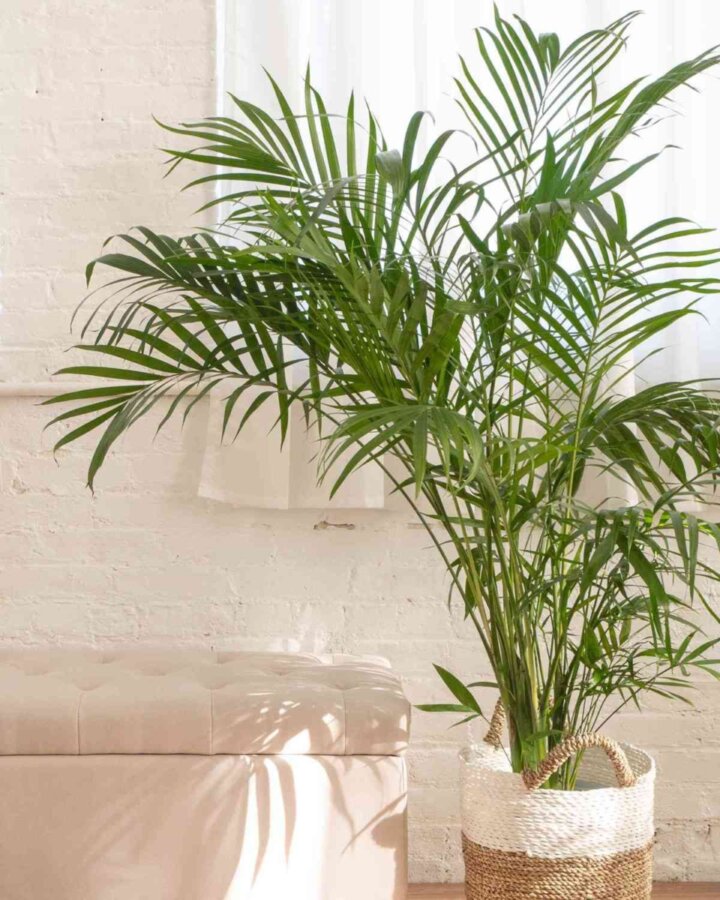
Palms are another extremely popular plant to bring into the bedroom as they bring in a unique sort of beauty that many other plants don’. Other benefits of palms include:
- Purifying the air of VOCs, carbon monoxide, and formaldehyde
- Increasing the humidity of the air
- Providing more oxygen
- Decreasing stress
Palm care:
Light: Bright, indirect light
Water: Water when top inch of soil is dry, but don’t overwater
Humidity: Low to moderate humidity
8. Aloe Vera

Probably one of the most interesting and beneficial plants to not only own, but to keep in your bedroom is the aloe vera plant. You truly can’t have enough of these extrodinary plants! Some of their benefits include:
- Improving sleep
- Improving air quality
- Producing extra oxygen
- Has an array of medicinal properities (Aloe Vera barbadensis miller is the edible variety)
Aloe vera care:
Sun: Full to partial sun
Water: Water deeply when the top 1/3 of the pot is dried out
Humidity: Doesn’t require much humidity
Contact us for more naturally beautiful design tips!

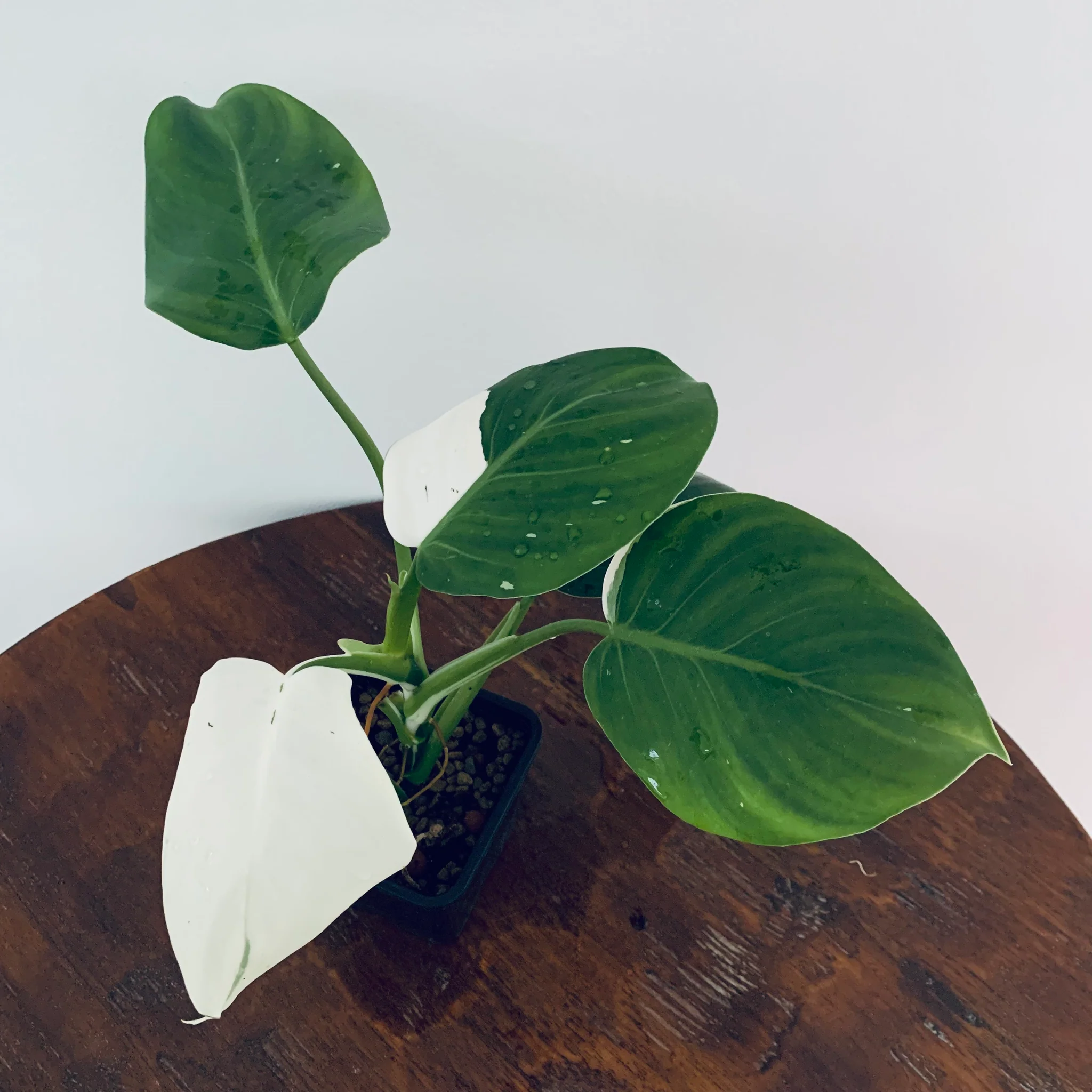
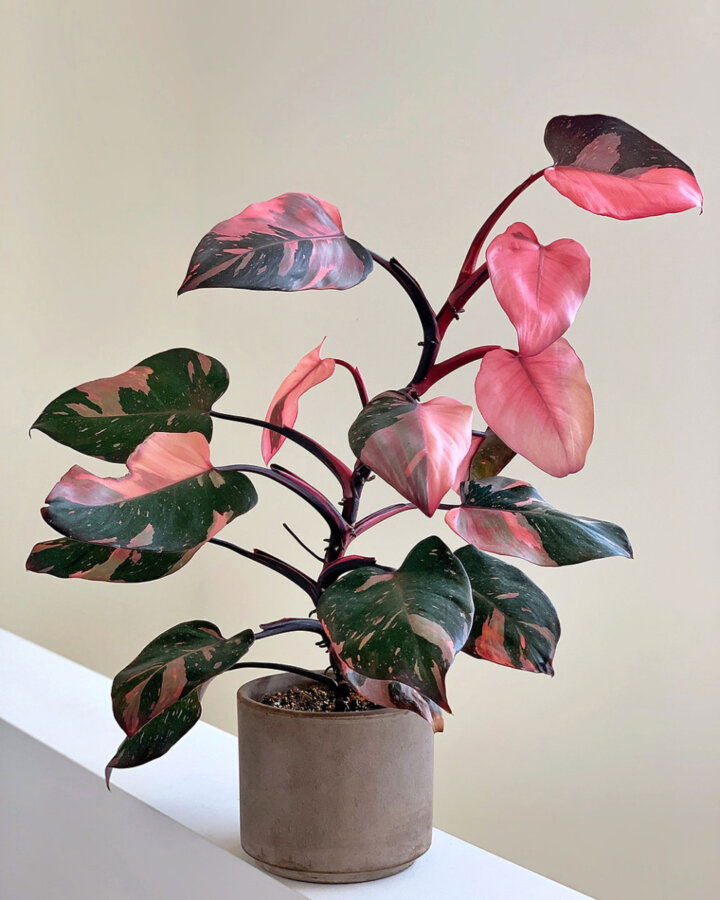
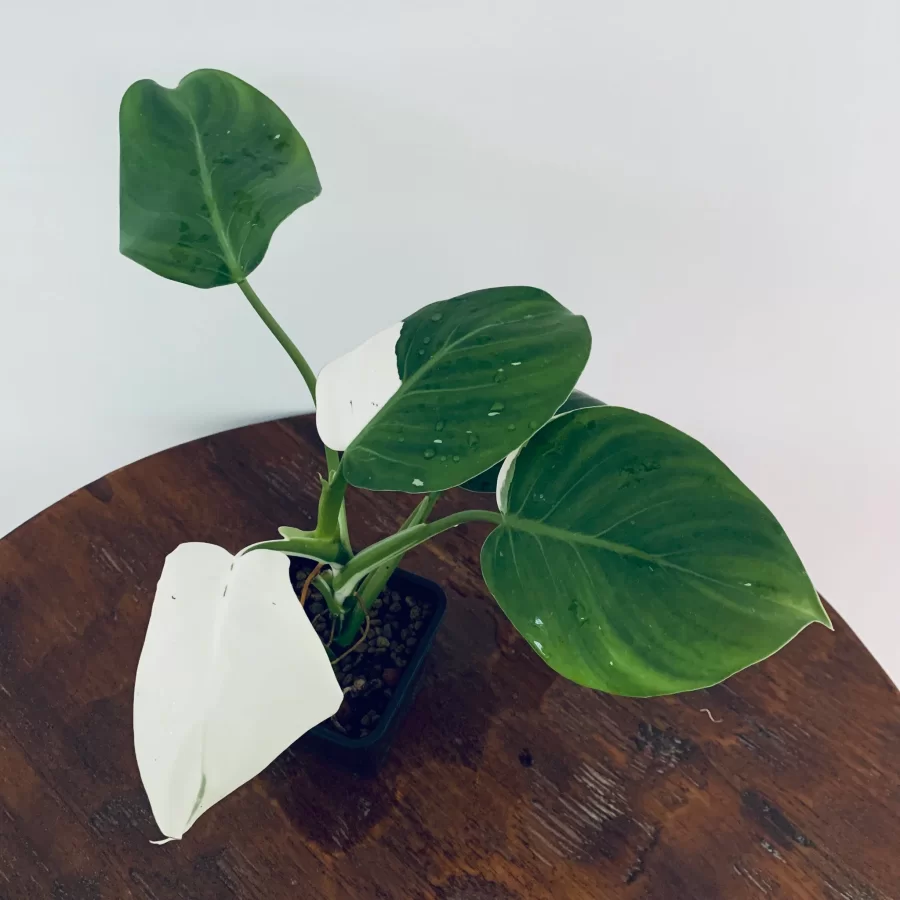
/philodendron-melanochrysum-plant-profile-5205175-hero-0459e6364e8e4545a65535ba18874bd1.jpg)
